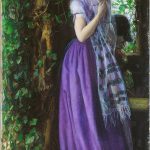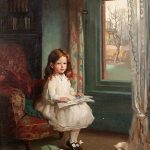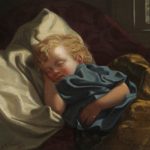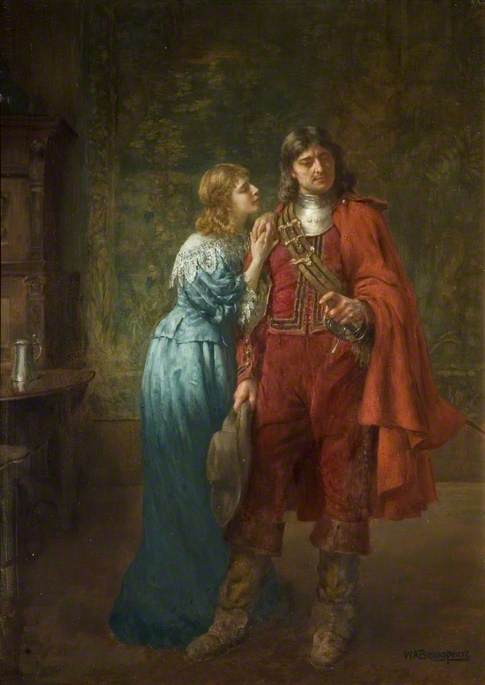

William Arthur Breakspeare (1855-1914) was an English painter known for his contributions to the world of Victorian art, particularly in the genre of genre painting, which depicts aspects of everyday life with a focus on the domestic and the sentimental. Born into a period of rich artistic activity in Britain, Breakspeare managed to carve out a niche for himself with his delicate and refined approach to painting, which often explored themes of beauty, leisure, and the idyllic aspects of rural life.
Though not as widely recognized today as some of his contemporaries, Breakspeare’s work is emblematic of the Victorian era’s aesthetic sensibilities and cultural preoccupations. He was particularly adept at capturing the nuances of light and shade, which added a layer of depth and emotion to his scenes of Victorian leisure and domesticity. His subjects, often women and children, are portrayed with a sensitivity and an attention to detail that speak to his skill as a draftsman and his understanding of human emotion and form.
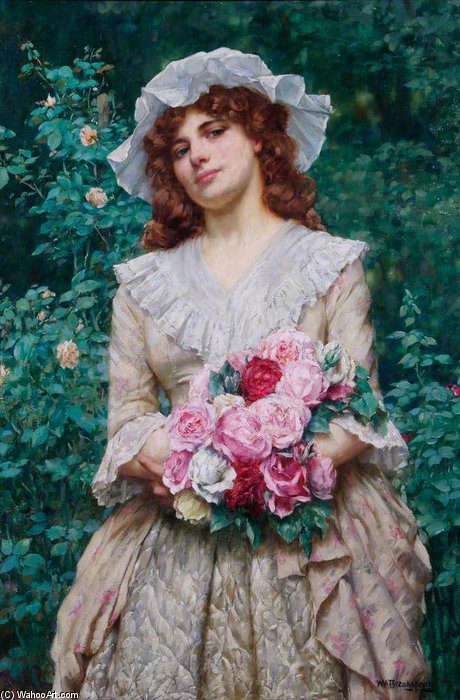

Breakspeare received his artistic training at the Birmingham School of Art, an institution known for its emphasis on the principles of design and craftsmanship, which were central to the Arts and Crafts movement. This education likely influenced his meticulous approach to composition and his appreciation for the beauty of everyday life, themes that recur throughout his work.
Prestigious spaces
Throughout his career, Breakspeare exhibited at various prestigious venues, including the Royal Academy of Arts and the Royal Birmingham Society of Artists, showcasing his versatility across different subjects and mediums. His paintings often featured romanticized depictions of the English countryside, Italian scenes, and intimate indoor settings, reflecting a Victorian fascination with both the exotic and the familiar.
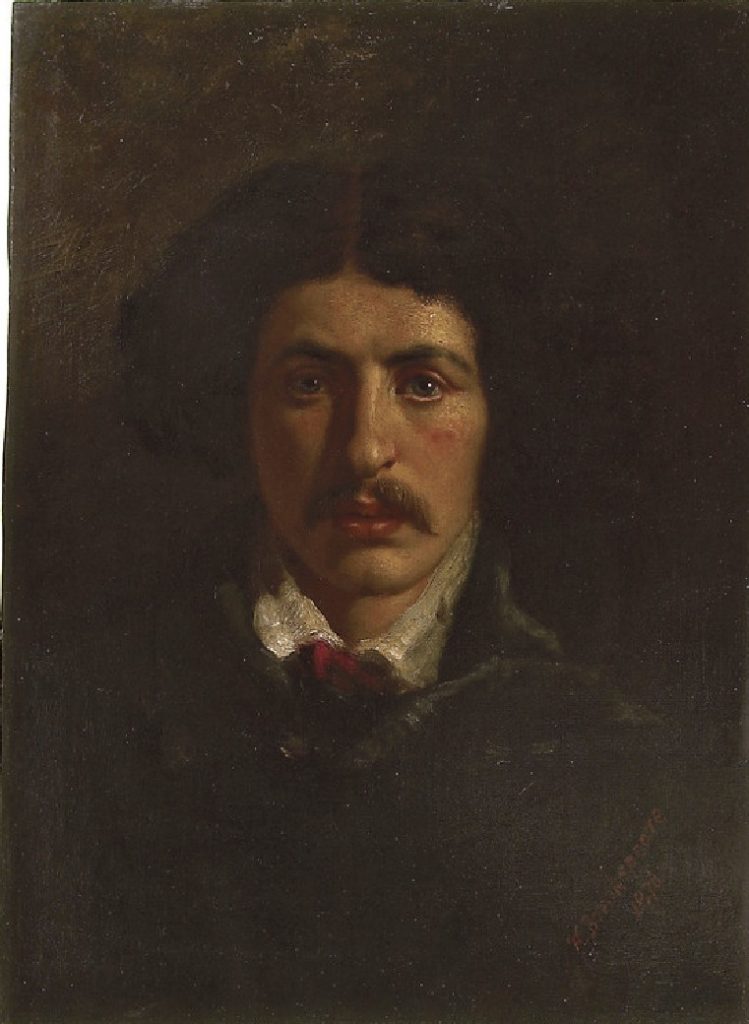

While Breakspeare’s work was well-received in his time, he has not been as prominently featured in art historical discourse as some of his peers. This may be due in part to the changing tastes of the early 20th century, which saw a shift away from the detailed, narrative-driven work characteristic of the Victorian era towards more abstract and conceptual forms of expression.
Depicting Victorian life
Despite this, William Arthur Breakspeare’s paintings continue to be appreciated for their technical skill, their evocative portrayal of Victorian life, and their contribution to the broader tapestry of 19th-century British art. His work provides valuable insights into the social and cultural milieu of his time, capturing the subtleties of emotion and the beauty of the mundane with grace and finesse.
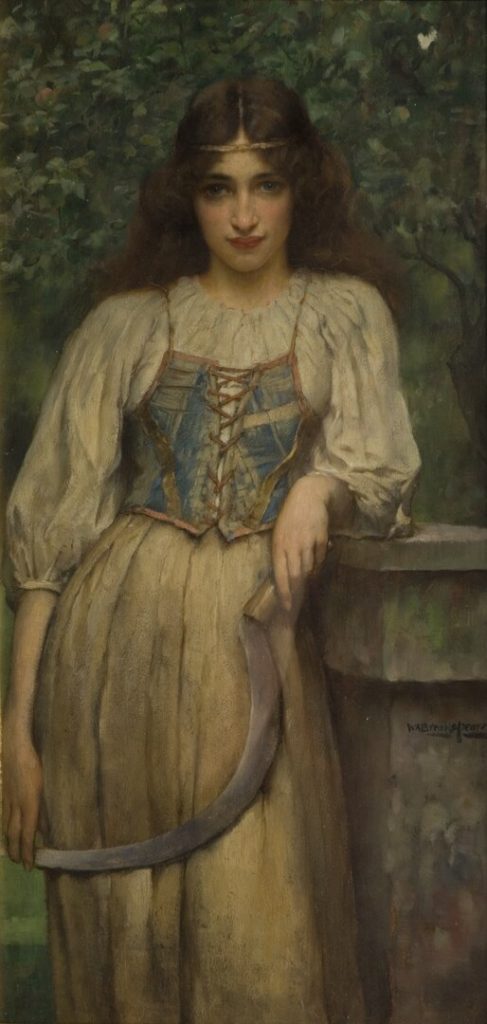

In the context of today’s art world, Breakspeare’s paintings can be seen as poignant reminders of a bygone era, offering a window into the values, aspirations, and daily experiences of the Victorian period. As interest in this era’s art and culture persists, Breakspeare’s work remains a testament to the enduring appeal of narrative painting and the power of art to capture the essence of human life.


